In the context of the Fourth Industrial Revolution taking place strongly around the world, digital transformation (DX) has become an inevitable trend in all areas of social life, from administrative management, healthcare, education to national defense and security. In that environment, if slow to adapt and transform, the local military apparatus will face difficulties in management, operation, training and civil work.
Therefore, digital transformation in the provincial armed forces is not only a technical task but also a political and ideological requirement, a concrete step to realize the policy of "Building a revolutionary, disciplined, elite, and modern Vietnam People's Army", towards building a "Digital Army - Digital Government - Digital Society".
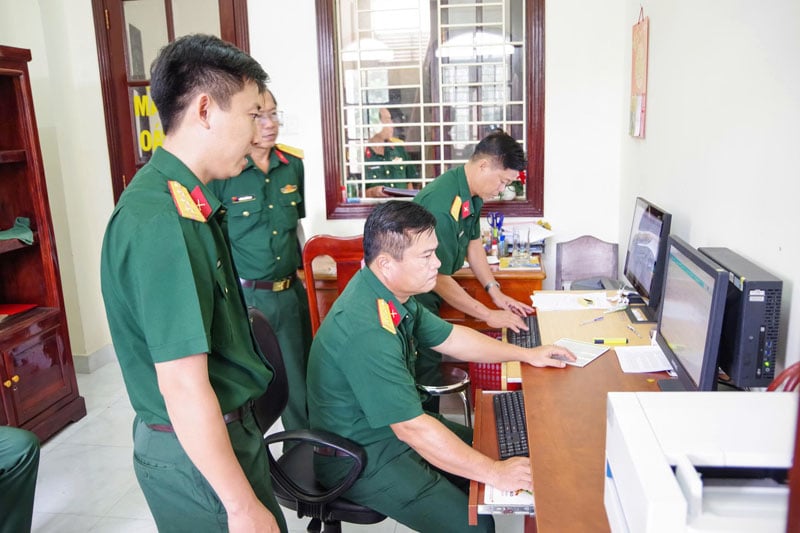 |
| The working delegation of Military Region 9 inspected digital transformation at agencies and units under the Provincial Military Command. Photo: TAN CUONG |
Digital transformation - an inevitable requirement of the times
For the provincial military, the digital transformation process is of special importance. As a locality located in the center of the Mekong Delta, which is both strongly affected by climate change and an important area for national defense and security, digital transformation not only serves internal affairs but also enhances the ability to coordinate between the military and agencies, departments, branches and organizations, contributing to improving command-staff capacity, improving training methods, management, ensuring logistics, technology, finance, and at the same time enhancing combat readiness and protecting the Fatherland in a new combat environment, where cyberspace becomes a "front without gunfire".
Realizing the importance of digital transformation, in recent years, the Provincial Military Command has proactively advised the Provincial Party Committee and Provincial People's Committee to issue many leadership documents and directives on the application of information technology (IT) in management and operation. Agencies and units have gradually formed the habit of working in the network environment, using electronic document systems, digital signatures and administrative management software.
However, looking directly at reality, the digital transformation process in the provincial military still faces many difficulties and limitations. The IT infrastructure in some grassroots units is still weak and not synchronized. The internal network speed is low, the equipment is old, the software is inconsistent, the data is scattered, and has not been integrated on a common platform. Some business processes are still manual and have not been digitized. The team of IT specialists is small, mainly holding part-time positions, and lacks in-depth knowledge of system administration and network security.
Although the work of ensuring information security and safety has received attention, there is still a potential risk of losing network security. Some systems do not have multi-layered protection solutions, and the incident handling process is not strict. The coordination mechanism with higher-level professional units is still limited. The investment funding for digital transformation is not commensurate with the demand, while the investment procedures are still complicated and time-consuming.
In addition, the human factor is also a challenge. A number of officers and soldiers, especially at the grassroots level, are still hesitant to approach new technology and are afraid to change their working habits. Digital culture has not really taken shape; awareness of information security and data safety is still uneven. If these limitations are not promptly overcome, they will slow down the digital transformation process and affect command and management capacity, especially in sudden and urgent situations.
Initial results and highlights
Closely following the plan on digital transformation of the superiors, the Party Committee - Provincial Military Command has concretized it with many synchronous and drastic policies and solutions through Plan No. 1073/KH-BCH, dated March 24, 2025 on digital transformation in the Provincial Military Command in 2025 and Plan No. 1642/KH-BCH, dated May 13, 2025 on implementing breakthroughs in science , technology, innovation and digital transformation in the provincial military.
During the implementation process, the Party Committee - Provincial Military Command clearly identified: Industrialization is not only a technical task but also a political task, an inevitable requirement to realize the goal of building a "revolutionary, disciplined, elite, and gradually modern" provincial military force. Party committees and commanders at all levels have proactively concretized resolutions and plans into practical action content; clearly assigned people, tasks, and responsibilities; regularly inspected, urged, and promptly removed difficulties and obstacles in the implementation process.
Along with that, propaganda and education work has been widely deployed, creating a strong change in the awareness and responsibility of cadres, party members and soldiers towards the task of digital transformation. Agencies and units have promoted the spirit of initiative, creativity, and actively applied technology in management, operation, training and professional work, gradually forming a synchronous, safe and effective digital working environment throughout the force.
Despite many difficulties, it cannot be denied that the digital transformation work of the provincial military has achieved some positive results. The electronic document system and work records have been widely deployed, helping to reduce the amount of paperwork and save processing time. Command and operation work is carried out faster, more concisely and more accurately thanks to the application of document management software, online conference system, and connection with the Ministry of National Defense and Military Region 9.
In training, the application of technology helps officers and soldiers access knowledge more quickly and practice skills in real combat conditions. In logistics and technical work, many lists of supplies, equipment, and vehicles are digitized, making them easy to access, manage, and inventory. Disaster prevention and search and rescue work is regularly updated on a data platform, helping forces coordinate quickly and accurately, reducing response time.
The Provincial Military Command has also initially implemented training and fostering for officers in charge of digital transformation. A number of comrades were sent to attend training courses on information security and network administration; initially forming a team of technical officers with basic knowledge, meeting the requirements of operating the system at the unit.
These initial results are an important foundation for the provincial military to continue to take stronger steps in the coming time.
Tasks and solutions for the coming time
Besides the results, digital transformation in the armed forces still faces many challenges. That is the lack of synchronous infrastructure. Internal networks at commune, ward, station and station levels are still weak, transmission lines are unstable. The data system has not been standardized, many units have built it separately, and cannot be connected. The team of IT specialists is still small, not enough to meet the increasingly high requirements for security and technology. Limited investment funds lead to slow upgrading of equipment and software. Awareness and digital working culture of a number of officers and soldiers are still limited.
If the above difficulties are not thoroughly resolved, they will create "bottlenecks" in the digital transformation roadmap. Especially in the context of increasingly complex cyber security situations, hostile forces intensifying attacks and information exploitation, ensuring the security of military information systems becomes more urgent.
To promote digital transformation, the provincial military needs to synchronously deploy solutions on four pillars: institutions - infrastructure - human resources - application.
Firstly, perfecting mechanisms and policies and strengthening leadership and direction. It is necessary to identify digital transformation as a key political task, closely linked to the process of building a "revolutionary, disciplined, elite, and modern" military force. The Provincial Military Command needs to issue an Action Program on Digital Transformation for the 2025-2030 period, clearly defining goals, targets, roadmap, assigning responsibilities and monitoring mechanisms.
Second, invest in and upgrade IT infrastructure. It is necessary to synchronously deploy a high-speed internal network system from the Ministry of Military Command to the Military Command departments. Equip computers, security devices, and management software that meet military standards. Ensure stable and smooth connections in all situations.
Third, building and developing digital human resources. This is a decisive factor for success. The Provincial Military Command needs to develop a plan to train and develop IT specialists and update new knowledge. At the same time, popularize basic digital skills for all officers and soldiers. Each officer must consider the use of technology and data protection as mandatory skills in their work.
Fourth, promote the application of technology in all aspects of work. Gradually digitize the entire management and operation process, from document work, archiving, finance, logistics, training to military recruitment, militia and self-defense forces. Deploy software for human resource management, equipment, and training.
Fifth, ensure network safety and security. It is necessary to identify information security as a "shield" in digital transformation. Every officer and soldier must raise their vigilance, not be subjective, and not disclose confidential military information. Increase security tools, data encryption, anti-virus software, and firewalls. Organize drills, conduct periodic security checks, assess vulnerabilities, and promptly fix them.
Sixth, build a digital working culture in the force. Along with investing in technology, it is necessary to change thinking and working style. Each cadre and party member must be a pioneer in using digital systems, proactively innovate, and take advantage of technology to improve efficiency. Include the criteria of "application of digital technology" in emulation and reward evaluation. Organize an annual emulation movement "Digital Initiative in the Army" to encourage cadres and soldiers to contribute innovative ideas.
Digital transformation is an inevitable trend, a driving force for the provincial armed forces to enhance their overall strength, leadership and command capacity and combat readiness. With high political determination, proactive and creative spirit, the provincial armed forces will continue to promote digital transformation comprehensively, synchronously, safely and effectively, contributing to building a strong and comprehensive armed forces, excellently completing all assigned tasks, firmly protecting the socialist Fatherland of Vietnam in the digital age.
Colonel NGUYEN VAN HOA (Political Commissar of the Provincial Military Command)
Source: https://baovinhlong.com.vn/tin-moi/202510/chuyen-doi-so-trong-luc-luong-vu-trang-tinh-dong-luc-nang-cao-suc-manh-trong-thoi-ky-moi-3bf4332/






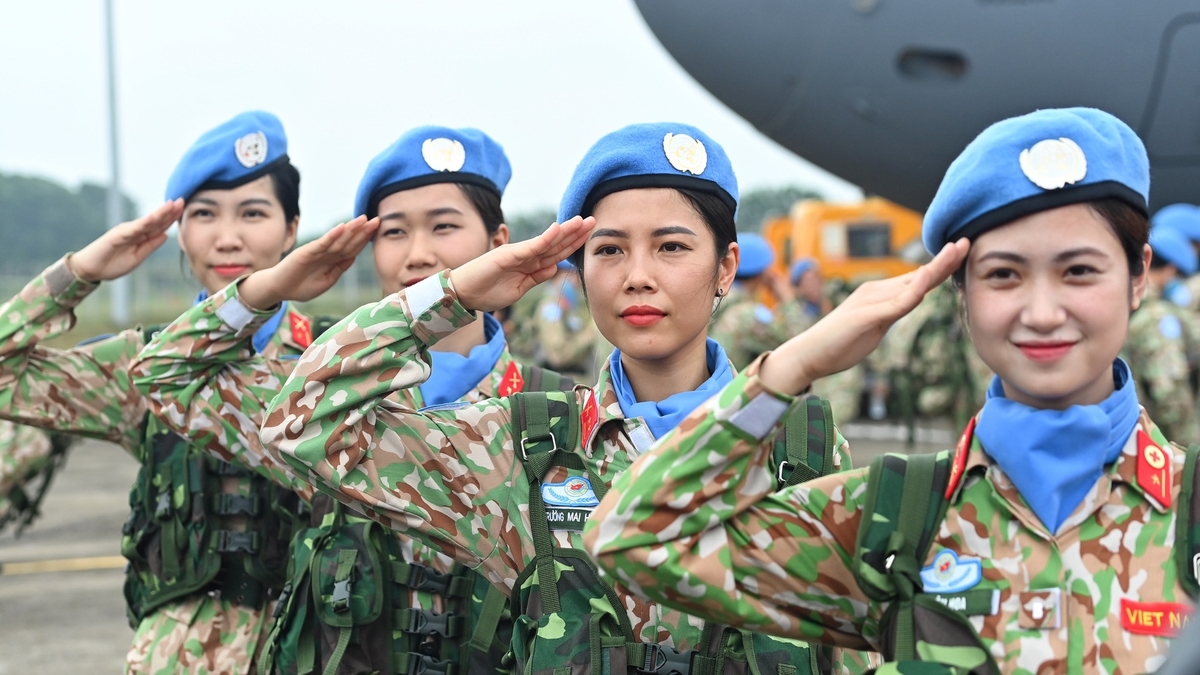















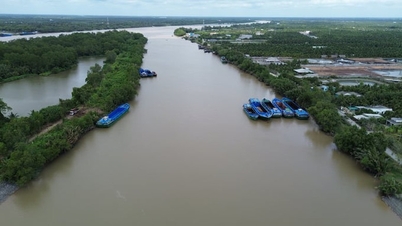










































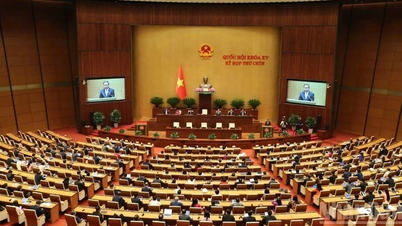

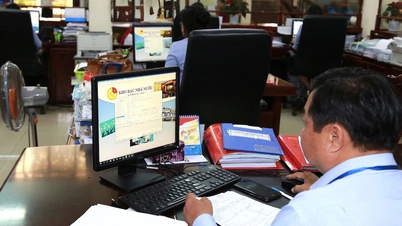
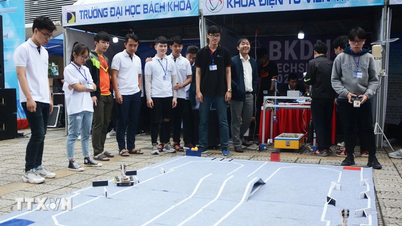













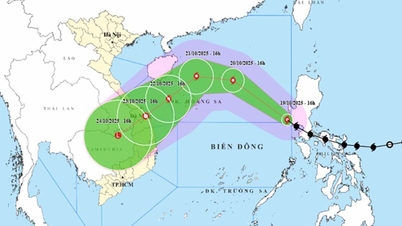
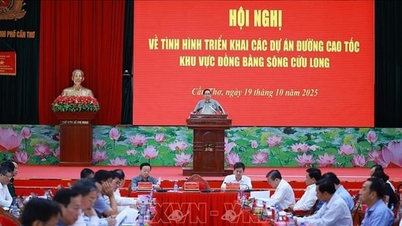




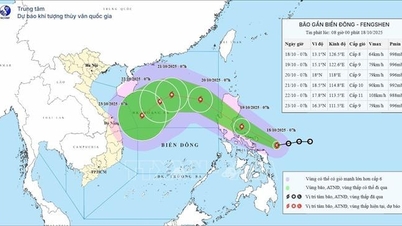












Comment (0)